Most of us can name a few pests – non-native species that can destroy gardens, pose health and safety risks and even possess an attack risk on certain pet and human populations.
Here is a partial list you need to be aware of.
Feral pigs
Feral hogs are different from native populations of wild swine, in that a feral hog has descended from domesticated hogs that were either unintentionally (or intentionally) introduced to the wild. These piggies eat anything and everything they can get past their tusks, including frogs, voles, birds, snakes, and basically every plant. Their foraging habits inflict a huge amount of damage to the topsoil, which is especially damaging to New World plants that never faced predation by would-be bacon in the past.
Feral hogs are almost as large a threat to the American farmer as banks. A small family group of feral pigs can uproot a large number of acreage in an incredibly short period of time, and no amount of fencing can stop a determined group of pigs from getting where they want to. They'll prey on livestock and wild turkeys, and they'll even break into domestic pig pens and infect whole herds with invasive pathogens. Those they don't eat will escape into the wild, conscripting more hoofsoldiers into the Swine Army, and the cycle begins anew.
It's gotten to the point where, in places like Texas, you can stone-cold murder an unlimited number of feral pigs, and nobody will really care. Go as hog wild as you possibly can, because they breed a lot — Texas A&M concludes that killing two-thirds of their population will only keep their numbers stable. Clearly, more drastic measures are called for — preferably drone-mounted, but we're no rocket scientists.
White-tailed deer
In addition to being both both an excellent source for jerky meat and the star of probably the biggest Disney tear-jerker ever, White-tailed deer are also the most majestic garden pest in North America. As a prey species, they evolved to reproduce in sufficiently large numbers to sate America's big cats, and other top-tier predators. Now that we've killed off many of the big cats and turned a good chunk of the wolves into fursuits, there's no ecological pressure stopping WTD from gnawing the forests bare. Except for the occasional Burmese python, the only thing keeping the deer in check are hunters, and people who text while driving at night.
Make no mistake — these deer are wreaking havoc on American forests. They devour new seedlings, strip shrubs bare of leaves, then strip the bark off the shrubs in the winter. The only plants that can survive deer overabundance are mature trees and other invasive species the deer don't eat, like Garlic Mustard. All told, some 98 endangered botanical species are threatened by deer abundance, including wildflowers like white trillium and delicious snacks like blueberries. In addition to wild spaces, deer also love to feast on farm plots, often seeding agricultural areas with difficult-to-remove invasive weeds like Multiflora Rose.
In addition to carrying the ticks that cause Lyme disease, deer also present one of the biggest threats to drivers that can't be avoided with a hands-free earpiece. WTD in the road cause 29,000 injuries yearly, over $1 billion in insurance claims, and 130 lives lost, all thanks to that antlered venison-golem Walt built his empire on. We're sorry for demonizing you, Faceless Hunter Who Took Down Bambi's Mom: you were the real MVP all along.
European starlings
In 1890, a bunch of foolhardy Shakespeare fans gathered in Central Park and released 100 wild birds to help populate the park. The goal of this project was to ensure that every bird mentioned in his writings had a home in America. One such bird was the starling, a forager widely adapted to live anywhere from central Asia to most of continental Europe. Because the starling is so well-adapted to such a wide variety of temperatures, it has seized territory ranging from humid Mexico to the Alaskan arctic, making it one of the more populous birds on Earth.
This population comes at a steep price, as aggressive, pack-forming Starlings readily out-compete native foragers competing for insects, and they readily destroy nests built by much larger birds. Effectively, they gentrify whole areas by out-eating, and out-breeding, natives. They're also much less disturbed by human interactions — to observe this in your own neighborhood, leave a small container of french fries atop a trash can and watch the bird ballet take place.
In addition to attacking native insects, they're also a pernicious agricultural pest, attacking freshly-sown fields and befouling livestock feed with their acidic, disease-ridden droppings. In sufficient numbers, they're even capable of taking down aircraft, so if you ever go back in time and meet The Bard, smack him in the face every time he writes about a bird. He'll learn his lesson eventually.
Coywolves
When wolf populations get so low that finding mates proves to be a challenge, wolves crossbreed with coyotes to make coywolves (a better name then wolotes, for sure). This has been proven in a laboratory setting, which found that even first-generation hybrids were sexually compatible, unlike mules or other commonly known hybrids. This interbreeding has affected nearly every wolf and coyote population in North America, ranging from Canada to Mexico.
It's theorized that inbreeding with domestic dogs helped cure coywolves of their fear of humanity, as they've readily occupied suburban and urban areas, including some parks within New York City. Estimates claim as much as 10% of wolf and coyote DNA comes from recent breeding with domestic dogs, while populations closer to cities can range up to 25 percent. While they prefer to prey on rats and trash, they're capable of cooperating to take down deer.
While they aren't explicitly dangerous (yet), they will go after cats and dogs — there's at least one report of a pet attacked by a coywolf while it was on a leash. Fences do not stop them, either, as they're perfectly capable of leaping a six-foot fence when sufficiently motivated. And, for the record, “your Pomeranian” counts as sufficient motivation.
Each of these animals has one thing in common besides presenting a danger in your backyard: They are highly adaptable to their current surroundings.
Because of that, it pays to be as alert to the animal's presence as it does to know what to do if you encounter one.
To learn more animals that are absolutely devastating wherever they are found, please visit Grunge!
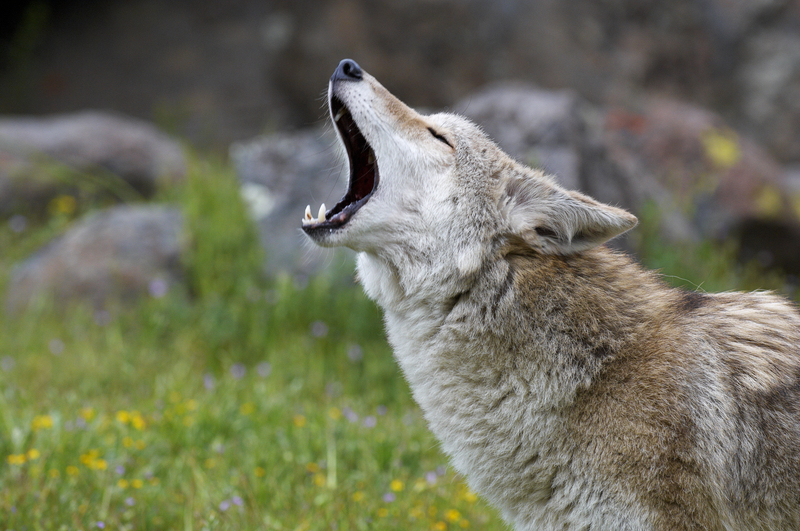
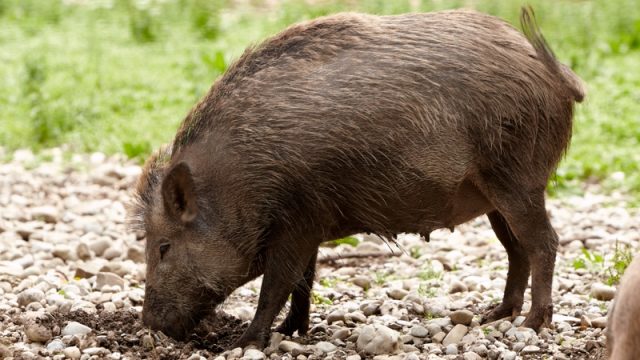
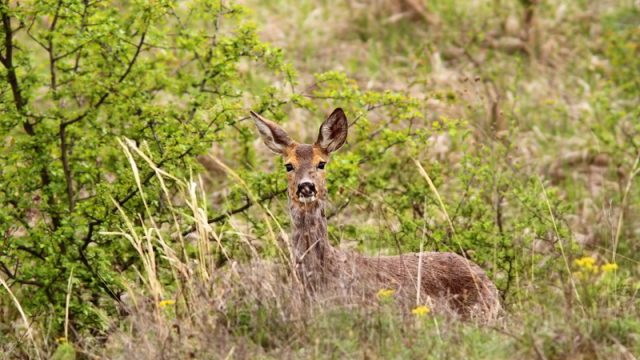
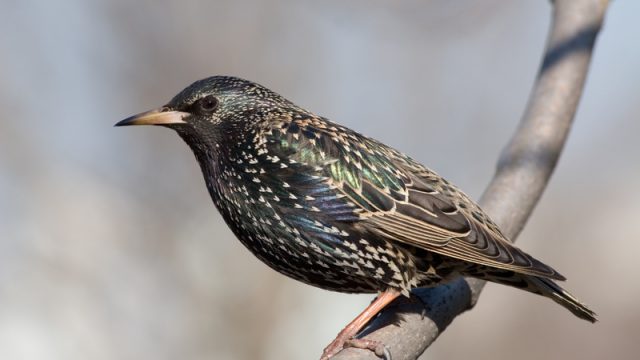
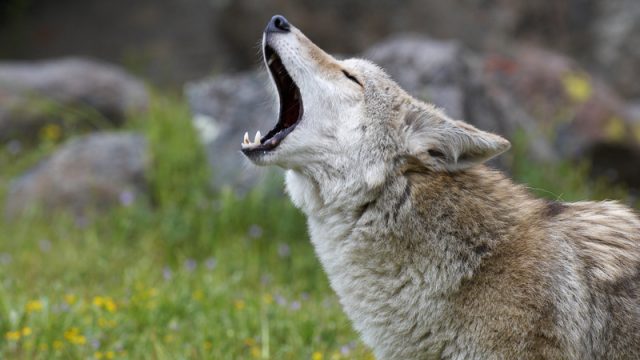
Coyote are more of a help than a hurt.
My kids are the destructive animals at our place.
Wolves
Unless you have livestock